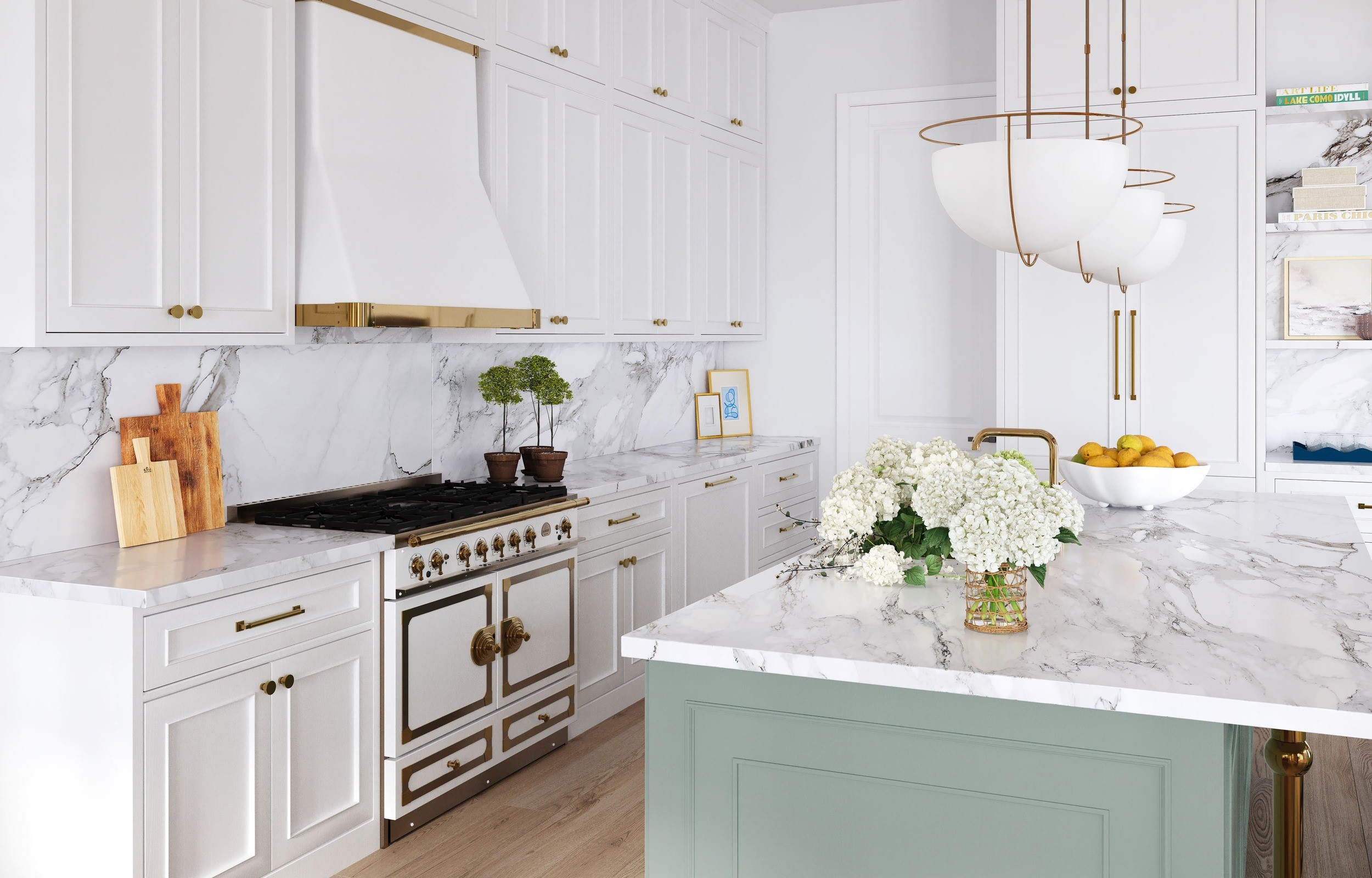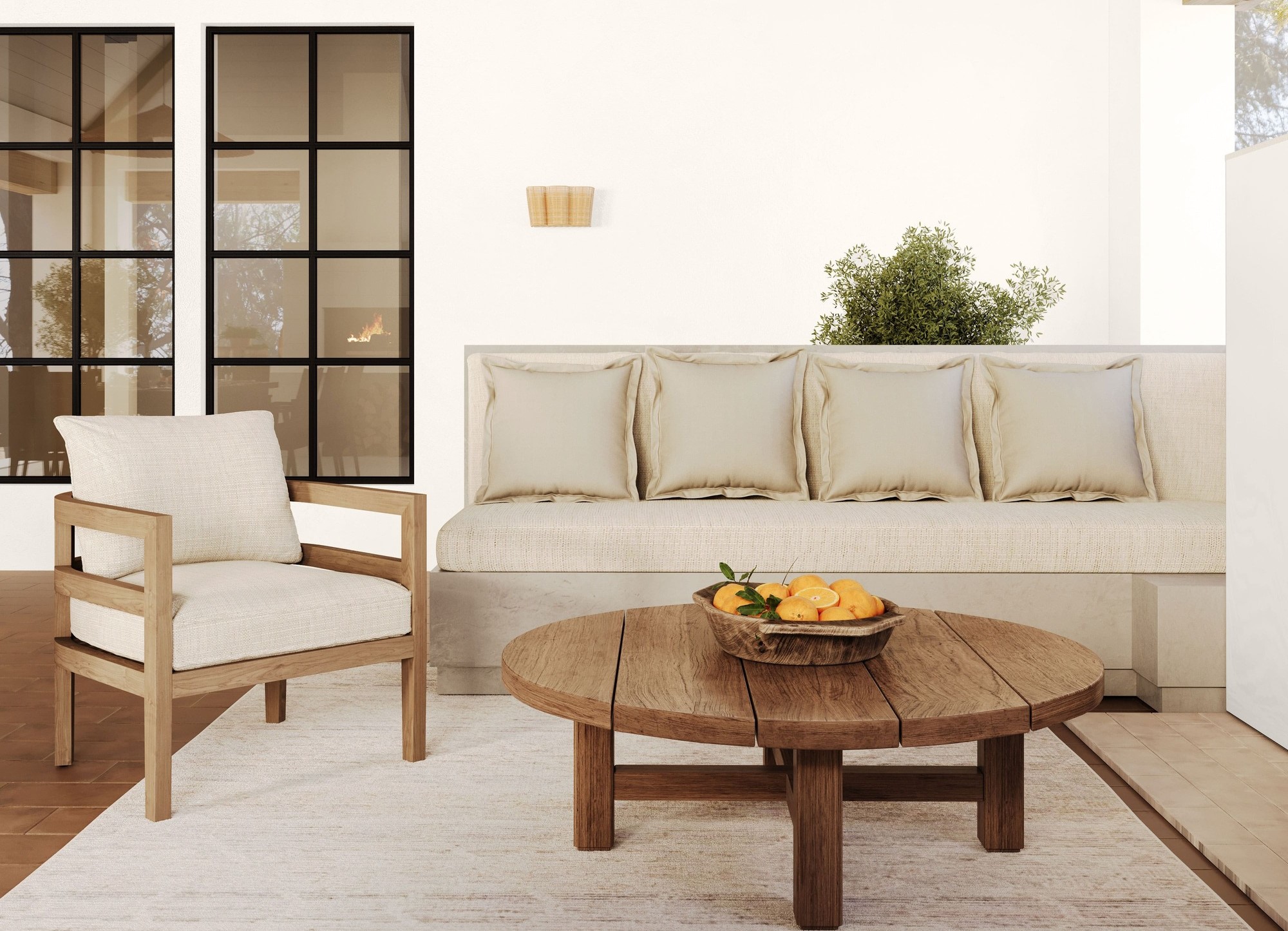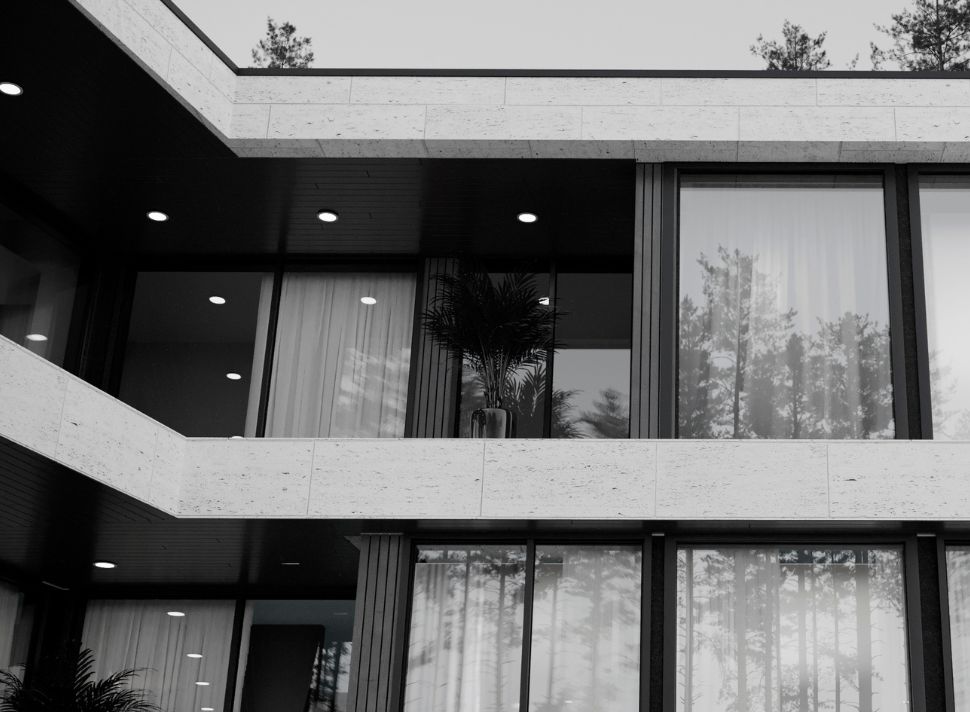3D Product Modeling: The Key to Next-Generation Retail Success
In the ever-evolving retail landscape, the adoption of 3D product model technology stands as a transformative force, reshaping how products are showcased and experienced by consumers. This article delves into the profound impact of 3D product modeling in retail, highlighting its role in enhancing customer experience, streamlining operations, and ultimately setting the stage for next-generation retail success. Through an in-depth exploration of the capabilities and applications of 3D modeling, we will uncover how this technology is revolutionizing product presentation and driving efficiencies and cost savings across the retail industry.
Introduction to 3D Product Modeling in Retail
Integrating 3D product modeling in retail represents a significant leap forward from traditional product presentation methods. This innovative approach allows retailers to create detailed, interactive 3D replicas of their products, offering customers an immersive and engaging shopping experience. Unlike static images or physical displays, 3D models provide a dynamic view of products, enabling customers to explore features, textures, and functionalities in a virtual environment. This shift towards digital visualization reflects a broader trend in retail towards leveraging technology to enhance customer engagement and satisfaction.

Image from Yousee Studio
The significance of 3D product modeling extends beyond mere visual appeal; it embodies a strategic tool that enables retailers to navigate the challenges of modern retailing. With the rise of e-commerce and the increasing demand for personalized shopping experiences, 3D models are critical in meeting customer expectations and staying competitive in a digital-first market. By offering a more interactive and informative way to explore products, retailers can not only captivate customers but also provide them with the confidence to make informed purchasing decisions, reducing the likelihood of returns and increasing overall customer loyalty.
Enhancing Customer Experience with 3D Models
One of the key advantages of 3D product modeling is its ability to enhance the customer experience significantly. By providing detailed and interactive views of products, 3D models empower customers to engage with products in a way that closely mimics physical interaction. This level of engagement is precious in sectors where a product's look, feel, and functionality are crucial to the purchasing decision, such as furniture, fashion, and electronics. Customers can rotate, zoom, and interact with 3D models, understanding the product comprehensively from the comfort of their homes.
Furthermore, 3D modeling opens up new avenues for personalization and customization. Many 3D product modeling platforms allow customers to modify product attributes such as color, material, or components in real time, providing a personalized shopping experience that caters to individual preferences. This interactive customization enhances customer satisfaction and fosters a deeper connection between the customer and the product, leading to higher conversion rates and brand loyalty.
The impact of 3D modeling on customer engagement is backed by data, with studies showing that products presented in 3D generate higher levels of customer interest and interaction compared to traditional 2D images. Moreover, the immersive nature of 3D models has been shown to increase customers' time exploring products, which directly correlates with higher purchase intent. This data underscores the pivotal role of 3D product modeling in creating engaging and memorable shopping experiences that drive sales and customer retention.
Streamlining Operations and Reducing Costs
The adoption of 3D product modeling significantly streamlines retail operations, introducing efficiencies that were previously unattainable. One of the most notable impacts is on inventory management. Traditional retail models require substantial physical inventory, which incurs considerable storage, maintenance, and logistics costs. However, with 3D models, retailers can showcase an extensive range of products without needing physical stock. This virtual inventory approach reduces the need for large warehouse spaces and minimizes the risks associated with overstocking or stock shortages, leading to more optimized inventory management.
Furthermore, 3D modeling dramatically reduces the reliance on physical prototypes during product development. Developing new products traditionally involves creating multiple physical prototypes, a time-consuming and costly process. With 3D models, designers can create and iterate designs virtually, conducting tests and making adjustments in a digital environment. This accelerates the product development cycle and significantly cuts down on the materials and resources required for prototype production.
The cost-saving implications extend into marketing and customer service as well. High-quality 3D models can be used across various marketing channels, from online product catalogs to interactive displays in-store, providing a consistent and engaging product presentation that attracts customers. This reduces the need for expensive photoshoots and physical setups for new product launches or promotional campaigns. Additionally, customer service can leverage 3D models to assist customers better, using these models to demonstrate product features or troubleshoot issues, enhancing service quality while reducing operational costs.
Integrating 3D Models into Omnichannel Retail Strategies
The flexibility and versatility of 3D models make them an invaluable asset in omnichannel retail strategies, where providing a cohesive and engaging customer experience across multiple channels is paramount. Integrating 3D models into online platforms enhances the e-commerce experience, allowing customers to explore products in detail from any device. Features such as 360-degree views and interactive customizations can significantly improve online product discovery, making it more engaging and informative.
In mobile applications, 3D models can be utilized to create augmented reality (AR) experiences where customers can visualize products in their own space. This application of 3D modeling efficiently bridges the gap between online and physical shopping experiences. It gives customers a tangible sense of how products would fit and look in their environment, increasing confidence in their purchasing decisions.

Image from Yousee Studio
Moreover, in physical stores, 3D models can be integrated into digital kiosks or AR/VR setups, offering an interactive product exploration experience that complements the physical display. This enriches the in-store experience and allows retailers to showcase a broader range of products without additional physical space.
Integrating 3D models across these channels ensures a consistent and immersive product presentation, reinforcing brand identity and enhancing customer engagement across all touchpoints. It also provides retailers valuable data and insights into customer preferences and behaviors, enabling more targeted and effective marketing strategies.
Challenges and Considerations in Adopting 3D Product Modeling
While the benefits of 3D product modeling are compelling, retailers must navigate several challenges to leverage this technology fully. One of the primary hurdles is the technical complexity of creating and managing 3D models. High-quality 3D modeling requires specialized skills and software, which can necessitate significant investment in training for existing staff or hiring new talent with the requisite expertise. Additionally, the hardware and software infrastructure needed to support 3D modeling and rendering can represent a substantial financial outlay, particularly for small to medium-sized retailers.
Another challenge is the integration of 3D models into existing retail systems. Retailers must ensure their e-commerce platforms, mobile apps, and in-store technology can support 3D visualizations and interactions. This might require upgrades to existing systems or adopting new technologies, which can be costly and time-consuming. Furthermore, maintaining consistency in 3D model quality across different products and ensuring that these models accurately reflect the physical products they represent can be an ongoing challenge.
Best Practices for a Smooth Transition to 3D Product Visualization
Despite these challenges, several best practices can facilitate a smooth transition to 3D product modeling. Firstly, retailers should start with a strategic pilot project that allows them to test the waters with 3D modeling on a smaller scale before committing to a full-scale rollout. This approach enables retailers to assess the impact of 3D modeling on their operations and customer experience, gather valuable feedback, and make necessary adjustments.
Investing in partnerships with experienced 3D modeling companies can alleviate many technical and logistical challenges. These companies bring expertise in 3D modeling, rendering, and animation, reducing the need for extensive in-house training and infrastructure development. They can also provide valuable insights into industry best practices and emerging trends, helping retailers stay ahead of the curve.
Continuous learning and innovation are crucial in keeping pace with the rapid advancements in 3D modeling technologies and applications. Retailers should foster a culture of innovation within their teams, encouraging ongoing learning and experimentation with new tools and techniques. This proactive approach ensures that retailers can continuously enhance their 3D product visualizations, maintaining a competitive edge in the market.

Image from Yousee Studio
Customer feedback should be central to the 3D modeling strategy. Retailers must actively seek and incorporate customer feedback regarding their experiences with 3D models. This customer-centric approach ensures that the 3D visualizations meet the needs and expectations of the target audience, driving engagement and sales.
In wrapping up, the journey of integrating 3D product modeling into retail operations is multifaceted, offering significant opportunities and challenges. While the path may involve navigating technical complexities and making strategic investments, the potential rewards for enhanced customer experience, operational efficiencies, and competitive advantage are substantial. As retailers look to the future, embracing 3D product modeling emerges as a technological upgrade and a strategic imperative, pivotal in shaping next-generation retail success. In this digital era, the ability to turn ideas into lifelike virtual realities is more than an innovation—it's the key to unlocking new dimensions of retail excellence.
Contact us at YouSee Studio for captivating 3D renderings and immersive virtual experiences.
Karen Spacey is a content writer and the author of this article.




